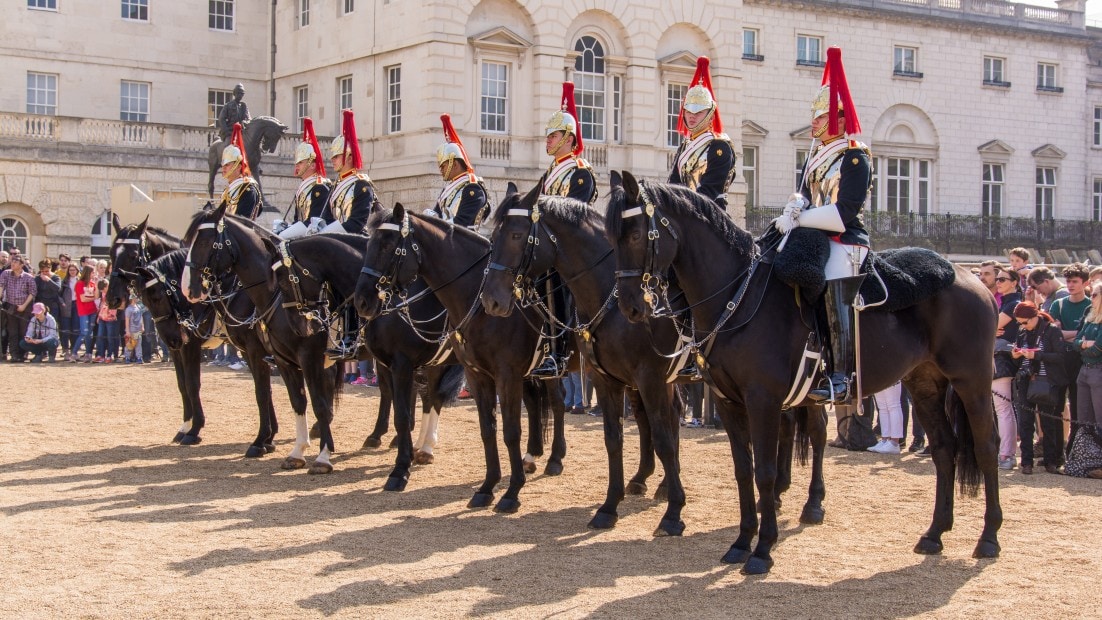We all know by now that the UK’s unfunded public sector pension schemes are to be banned from transfer as of April this year. But of all the schemes this affects, it is the military pension model – and the variety of benefits it offers – that is causing most debate among UK and overseas advisers.
So if you’re an expat with a military pension, should you really think about transferring it into a Qualifying Recognised Overseas Pension Scheme (QROPS) before the deadline?
Consider This
The option to transfer a UK pension into a tax-efficient overseas plan has been around since 2006. HMRC introduced the legislation in order to allow expats to avoid paying double tax on pension withdrawals, both on the way out of the UK and on the way into the country of residence. It’s been an extremely popular concept, and thousands of expatriates continue to make the most out of the variety of schemes on offer across multiple jurisdictions.
The benefits of a QROPS are fairly straightforward:
You can retire at age 55, take 30% tax-free, and as of April you can take the remainder at the tax rate of the jurisdiction in which your fund is held – Gibraltar for example, would be 2.5%.
This all sounds pretty impressive so far, and when you then factor in the flexibility on offer in terms of investment choices, the ability to also avoid currency fluctuations upon withdrawal (by choosing the denomination appropriate to your retirement destination), and the exemption from UK inheritance and death tax, it’s pretty simple to understand why QROPS appeal to such a wide ranging demographic.
The main concern with ex-Army, Navy and RAF personnel transferring into a QROPS, is the fact that the additional benefits offered by these military schemes will have to be sacrificed, but depending upon the size of the pension, you could face UK taxation of up to 50% of the fund upon withdrawal (after you’ve had your 25% lump sum tax-free).
This is a sizeable chunk of the overall amount, and this can be reduced substantially with a QROPS. It’s all about weighing up whether the figure you’re going to be keeping rather than giving to the tax man, is worth sacrificing whichever other benefits you get by leaving the pension where it is.
Should I Stay or Should I Go?
There isn’t any definitive answer here, so when you see “ex-military” financial advisers warning against transfers, it’s hard to take seriously if they haven’t got the individual case in front of them. Often these advisers will have many clients who are ex-military too, and the problem they would have with their clients transferring into a QROPS, is that they will no longer be clients.
The only advice that everyone should be giving is this: You have two months before transferring won’t even be a discussion, so why wouldn’t you look into it? See what it’s all about, find out which jurisdiction would work for you and your future plans, find out about the specific benefits on offer, and how you can tailor your QROPS to match your future requirements.
Get presented with an option, weigh it up against leaving it where it is, and then decide if it’s for you.
A QROPS may not be for everyone, but getting advice from an impartial, experienced professional must surely be on the agenda for the thousands of people residing abroad, or at least planning to, that this affects.

Military retiree’s in the UK have to wait until 55 to draw their pensions? Here in the USA we only have to serve 20 years of active service to start immediately drawing our pensions, some start drawing as young as 37 y/o.
Lucky guys, but then I guess serving 20 years for the US you’re likely to be involved in at least three conflicts. Britain, maybe 6 months of exercise and observational stuff every few years.